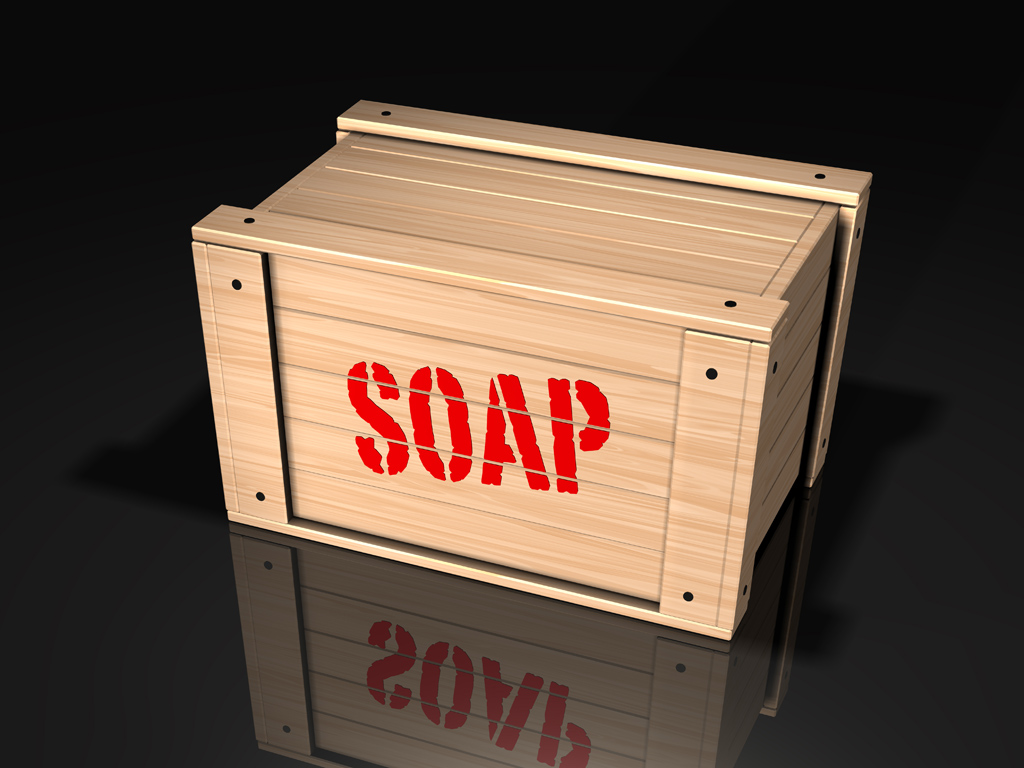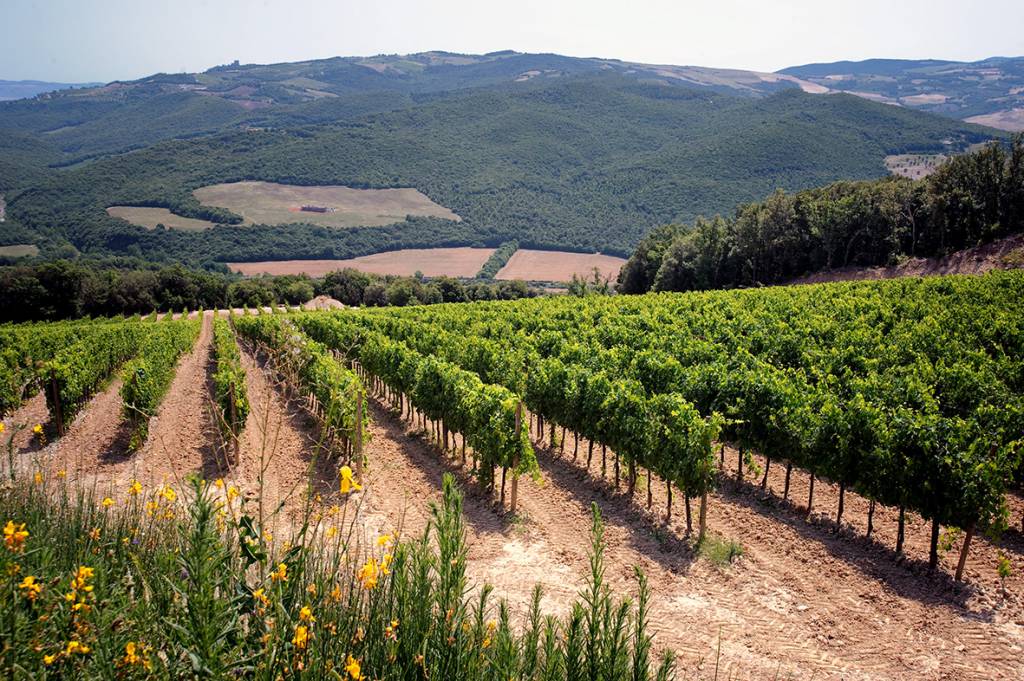A Drive Through the Country
It has been too long, entirely too long, since I have written anything at all. Taking a new role in sales means I am not writing much at work these days, a fact that makes me slightly sad. The company and the job make up for most of my sadness because I have been very lucky with both the company and the team that I find myself on. Sometimes I feel the need to pinch myself. The lack of writing is really the only thing that is lacking.
I have also been horrible about keeping up with this blog. This I have complete control of and hope to remedy in 2018. Fortunately, I recently came back from California. Most of the trip was void of wine because we have two kids (10 and 7), and wine tasting is not exactly high on their list of things to do while on vacation. Fortunately they were tolerant of a little wine oriented activity (WOA), and thus we got a little bit in along the way.
We flew into San Jose California and promptly headed south through the entirety of the central valley of California USA, that is after a quick stop at In-N-Out Burger by the airport. If you have not had a double double animal style from this iconic California chain, you ain't living life. Get your derriere to an In-N-Out post haste. It may change your life forever...
So back to the drive. The central valley is something that I read a lot about over the years. It is responsible for producing a lot of wine. To give you some understanding, Napa produces about 3 percent of the total wine produced in California. The central valley produces more than half of the total grapes for wine in the state. Yea, that is right, as big as Napa feels when you are there, the amount of wine they produce is not even 1/10 of what is produced in the central valley. You cannot understand or appreciate how big the vineyards are. The vines ebb and flow like waves over the undulating hills of the valley. They seem to go from the highway all the way to the mountains in the far distance. They almost disappear in the distance. Despite the fact that we took multiple pictures, the vastness of the valley and its vines is impossible to appreciate unless you visit in person. It is really quite awe inspiring.
While the valley produces a lot of wine, the quality is... not that great. It gets hot in the valley and it lacks some of the cooling winds that grace the vines in Napa, Sonoma, Santa Barbara, and Paso Robles to name a few. As a result, the wines are big and fruit forward, but lack some of the nuance that the wines in the more famous regions enjoy. That is why many of the grapes of this valley are destined for boxes and jugs, or to be blended with wines from better regions to keep costs down.
As we drove through the valley, night fell quickly. It was dark, and we were in the sticks. As is normally the case on road trips, one of my kids had to pee, so we stopped at a rest stop off of the highway. When we came out of the building, it was dark. We also noticed a bright light in the sky. A glowing orb, with two bright lights blinking in the middle. Did the aliens finally decide to save us? No such luck. We would later find it was a communications satellite being launched from Santa Ynez, and while far from us, you would have sworn it was only a few miles away. The rest stop was buzzing. Every phone in the place was out filming this strange phenomenon. What was it? We all chatted a bit, which was cool, and then were on our way.
We finally arrived in Paso at 9 pm after a long ride. As we pulled up to our VRBO, we were greeted by the sound of what we thought were goats. Bahhhhhhhhh. This would continue until we went into the house and went to bed. The next morning we found out they were sheep, and very interesting looking sheep at that.
That first night, we heard that there was a concert at a winery called tooth and nail. Coincidentally, the winery was one that was said to cater to families. They also serve food, so it seemed a great idea to grab dinner there, have our first wines of the trip, and rock out to some local artist. The coolest part of the winery, besides some of the killer labels on their bottles, is the fact that it is built to look like a medieval castle complete with a moat and a draw bridge.
There was only one small problem. The chef went home leaving NO FOOD. We were hungry from the drive, and did I mention we had kids with us. They were starting to lose their shit too, so we tasted nothing, went to a local exquisite Mexican establishment called taco bell and called it a night.
Now back to the real wine stuff. I had tasted a Grenache Blanc at a steak house in Orlando by a producer called Halter Ranch. It was a very nice and spicy Grenache Blanc (Which I tend to like a lot anyway) and so I was eager to try the rest of their lineup. I would not be at all disappointed.
We started with the grenache blanc and instantly, i remembered why I liked it. It is fresh and lively in the glass with a honeyed pear and melon approach and a zesty finish. It would be great with many foods, and would even stand up nicely to salted meats.
We also tasted the CdP (a not to the southern Rhone), it was a strawberry and cherry fruit forward wine with brushy herbs and a floral finish.
For me the star of this tasting was a beautifully made Syrah. Warm raspberry compote with blue fruit give way to wet earth, and cinnamon. It also finished very nicely with some orange peel. There was a bit of the telltale reductive quality and meatiness that Syrah often carries as well.
Overall we had a great tasting experience, and our kids were happy playing outside and overlooking the beautiful vineyards. I also give them a lot of props for being SIPP certified (Sustainability in Practice). Many feel this is the most stringent environmental accreditation a vineyard can achieve.
The only other tasting we were able to do was on Christmas Eve at Daou vineyards. All I can say about the place is that they make some kick ass wine, and the winery itself sits in an awe inspiring setting made even more beautiful by the extravagance of the architecture. Daou sits on a hill that is 2200 feet above sea level overlooking what seems like the rest of Paso Robles. You can basically see in any direction and have some of the most breathtaking views I have ever had the pleasure of witnessing. On top of that, there wines are very nice, and made better by the experience and the place. Again, pictures cannot begin to do this place justice.
The views, the appointments in the tasting room, the service and the wine at Daou is hedonistic. Beautiful big reds, oozing with class, and fruit while looking at the views...Not a bad way to spend a few hours.
The other comment I will make is that they were so accommodating. Here it was Christmas Eve, we were some of the last people there, and we never once felt rushed. We felt very well taken care of, and we enjoyed every minute of the tasting that we shared due to time constraints. They also brought juice for the boys, and a chocolate truffle.
Overall, I loved what we saw of Paso. It is a farm town, a small town, and it is less serious and imposing than Napa. The wineries that we visited were great despite the fact that we came with kids. Our kids are well behaved, but they are kids, and some places, especially those as nice as Daou, might have had a completely different reaction.
There is also plenty to do and see that is not wine related in the area. There is a great airplane museum, there are fantastic restaurants. Hearst castle is a short drive away, and the Elephant seals were getting ready to have their pups. we also went for a great hike in a dried up river bed. All of this goes on within 45 minutes drive of Paso. We stayed on a farm that was REMOTE. Every morning we saw deer walking past the bungalow we stayed in, and yet, we were 5 minutes from downtown Paso.
Paso Robles is a great mix of nature and wine, modern and old world, the ocean and the mountains. I did not have nearly enough time to explore, so I will have to go back. Soon I hope.
Until next time...



















